
NAVIGATION
The sentimental items I come across in my decluttering journey are a little trickier to deal with than ordinary objects I have around the house, and I realize I’m not alone… when you start to recognize what sentimental items are and how they play a part in your life, letting go of them becomes a lot easier.
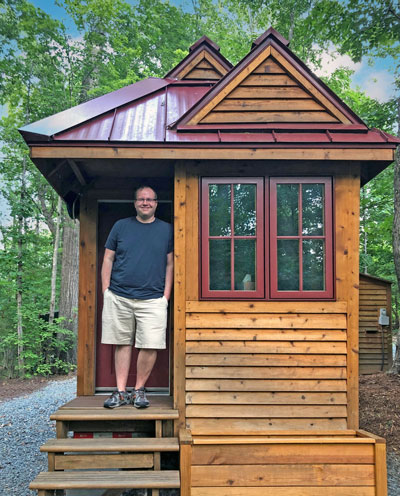
Hi, I’m Ryan
As a minimalist, I know from experience that sorting through sentimental items is one of the most challenging parts of the decluttering process. Reading advice from experts like Marie Kondo provides a fresh take on how to tackle this complicated stage in the decluttering process.

What Does Marie Kondo Do With Sentimental Items?

Marie Kondo considers sentimental items to be those that hold a special emotional meaning. An object might bring you joyful memories, remind you of someone who played an important role in your life, or represent a time when things were easier. If you have kids, maybe their baby shoes hold special sentimental value to you. Perhaps someone who was once a part of your life left behind a mug you can’t seem to part ways with.
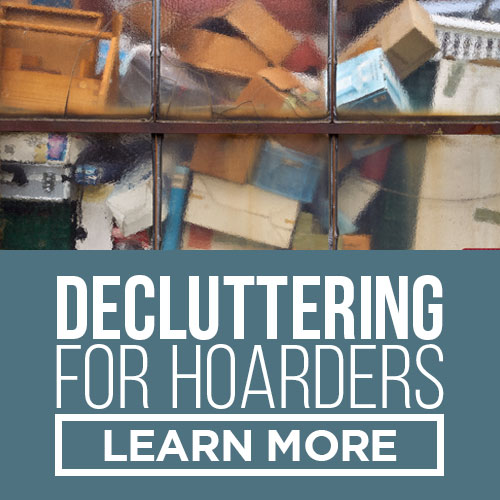 Sentimental items are different from everyday items that we discard because of the emotional value that we attach to them. Therefore, sorting through them requires a different type of courage. A picture might take you back to a particular trip, a T-shirt to a concert you loved, a stuffed animal to a nurturing time and special someone. With all these memories attached, it’s challenging to discard sentimental items. But have faith in yourself because you can do this, and I’ll help to show you how.
Sentimental items are different from everyday items that we discard because of the emotional value that we attach to them. Therefore, sorting through them requires a different type of courage. A picture might take you back to a particular trip, a T-shirt to a concert you loved, a stuffed animal to a nurturing time and special someone. With all these memories attached, it’s challenging to discard sentimental items. But have faith in yourself because you can do this, and I’ll help to show you how.
Marie recommends tidying up following the KonMari guidelines, which involve following a specific order of categories: clothes, books, papers, komono (miscellany), and, finally, sentimental items. Tackling belongings with sentimental value, like childhood memorabilia, is challenging. But when you reach this final stage, you will have developed the discernment to help you decide what to keep.
Is it Sentimental Or Is It Just Clutter?
Examples of sentimental items are baby toys and clothes, postcards, old love letters, gifts, pictures, etc. While these objects likely remind us of happy times, the pitfall here is that, with time, these might soon snowball into a big pile of clutter in your home. In my experience, it takes practice to identify whether something holds sentimental value. But you’ll be able to figure it out in no time.
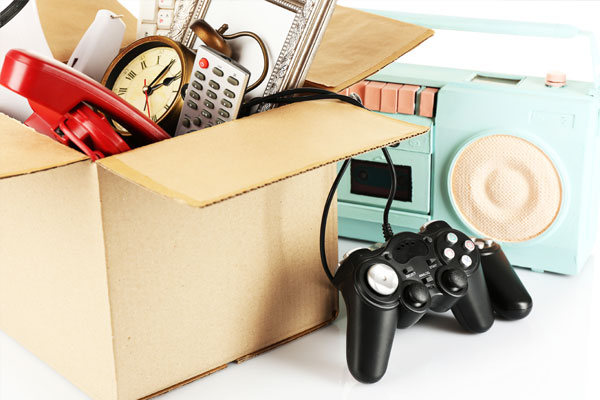 Marie and I have slightly different approaches when it comes to telling your sentimental items apart from your clutter. When identifying whether something of true sentimental value should stay, Marie recommends looking inward. If an item doesn’t spark joy, serve, or add value to your life in any way, it might be time to set it free. When you’re ready to let go, it helps to practice gratitude for each item.
Marie and I have slightly different approaches when it comes to telling your sentimental items apart from your clutter. When identifying whether something of true sentimental value should stay, Marie recommends looking inward. If an item doesn’t spark joy, serve, or add value to your life in any way, it might be time to set it free. When you’re ready to let go, it helps to practice gratitude for each item.
My stance is a little more pragmatic. Because I’m not particularly sentimental, I use a set of logical guidelines to help simplify my life. I particularly like the 20/20 method because it’s all about the items themselves. Not everybody feels like keeping memorabilia is important to them. Even if you do, this approach can ease your decision-making when it comes to what stays and what goes. Cutting out the excess will make you see your most valuable sentimental items with more clarity and improve the flow of your process.
Sentimental Things Marie Kondo Says You Should Get Rid Of
Marie encourages people to focus on what to keep instead of what to get rid of. It’s a helpful principle to keep in mind when sorting through your sentimental items.
As a minimalist, I like to keep only what’s absolutely essential to me. Even though Marie’s is a more immersive, emotionally integrated experience, she, too, has a hard set of things everyone should discard.
Marie suggests discarding anything that doesn’t spark joy
- Unread books
- Paperwork
- Cosmetic samples
- Broken appliances
- Unidentified cords
- Spare buttons
- Free swag
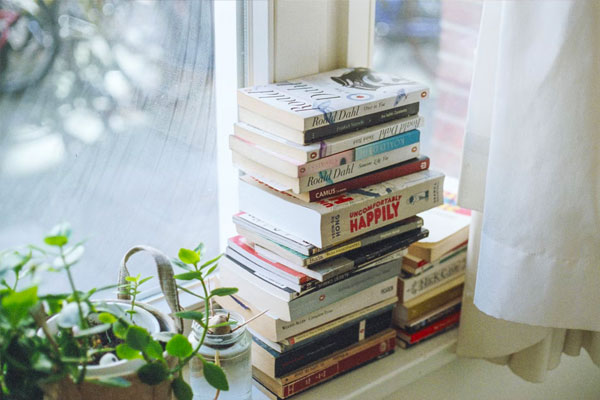

“If it doesn’t spark joy, then it’s probably clutter and doesn’t belong in your home.”
– Marie Kondo, KonMari
Where Do Sentimental Items Show Up In Your Life?


One of the reasons sentimental items are so hard to go through is that they can often show up unexpectedly in every area of your life. Odds are you don’t have a designated space for sentimental items like you have a closet full of clothes or a shelf brimming with books. Sure, you may have a few things of emotional value located here and there. But most sentimental items are scattered everywhere, and it’s up to you to pick them out when going through your other categories. Sentimental items can also have special meaning to different members of your household, which is why they require a finer touch.
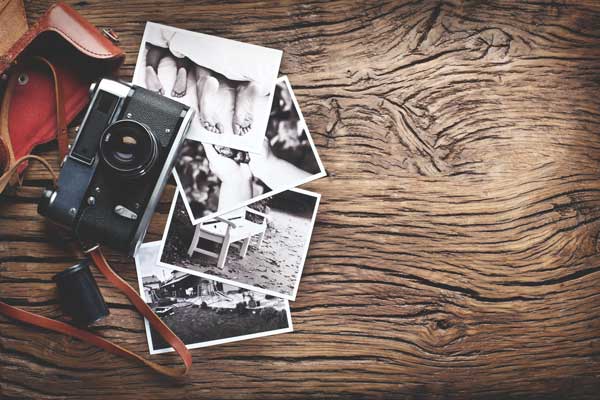

While I don’t struggle much with this, dealing with items of emotional value can require a great deal of empathy and flexibility. What may not be a sentimental item to you could be to someone else in your home. It’s important, then, to put yourself in your family member’s shoes and try to work through it with their perspective in mind. Understand that this step may take longer than the other categories as you work through the component of emotional attachment. Be patient with yourself and take it one step at a time.




“Keep one special item from a larger collection instead of keeping the entire set of items.”
– Marie Kondo, KonMari
Cherish The Memory, Not The Gift
In the past, I’ve sorted through items I wasn’t exactly attached to, but that had sentimental value because of the person who gifted them (or passed them on) to me. In those cases, I had a sense of commitment or obligation to these possessions. This doesn’t really equate to sentimental attachment, but it can show up as guilt — I can’t throw this away because so-and-so gave it to me.
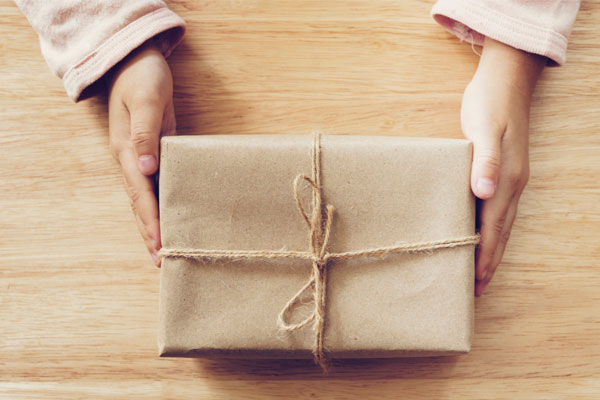

I was happy to learn that Marie has a similar opinion on gifts. They represent someone’s feelings for you and are a means to an end. The real joy comes when the giver gives you the present. Cherish that memory and move on. Marie recommends that you try out your gift first to see if it sparks any joy. If it doesn’t, there’s no need to feel guilty about parting with it.




“The true purpose of a present is to be received.”
– Marie Kondo, KonMari
What To Do With Your Sentimental Items


When deciding what to keep, there are a few questions you can ask yourself to help limit the specific number of items. The following suggestions will help you show gratitude to your sentimental items and even give them a purpose in their afterlife.
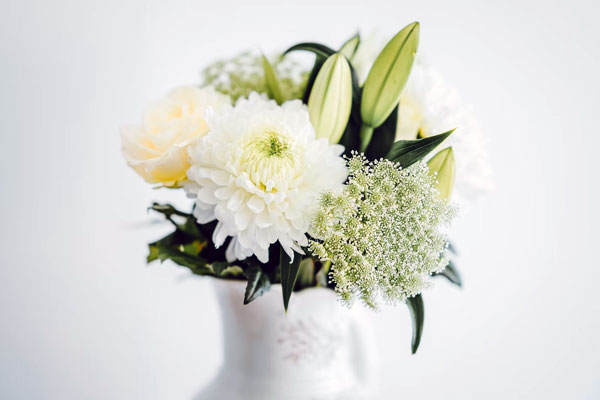

Display Sentimental Items That Spark Joy
One of my suggestions is to find creative ways to display your sentimental items. This will keep your memories alive and give the items a purpose. What I’ve seen many of my friends do is scan their photos and children’s artwork. Then, they display them on digital frames throughout the house. You could also frame a memento that holds a special meaning to you and hang it on a wall where you can see it every day.
Repurpose Your Memorabilia
Another option is to repurpose your sentimental items to give them new life and meaning. One of my friends repurposed her favorite old T-shirts into a T-shirt quilt she keeps on her bed. You could also turn them into a throw pillow or pillow sham.
Re-gift Your Items Of Emotional Value
What’s old and no longer valuable to you might be someone else’s treasure. Consider re-gifting belongings that someone else could cherish. For instance, maybe your grandma’s vintage tea set is gathering dust in the cupboard and you’re not a tea person. But maybe you have a friend or cousin who loves vintage tea sets (and tea!) who would love to have it.
Get Rid Of Sentimental Items
Sometimes, no matter how hard you try, you might just have to give away your items. If you find that there is nothing else you can do with them (and if you have the courage to do it), discard them. You can always find ways to donate items that may make a difference in your community to make you feel better about letting go of your belongings.
How To Organize Sentimental Items


Once you’re done deciding what to keep — and you’ve double-checked that all of it sparks joy — it’s time to find a home for all your things.


A good idea would be to keep the box somewhere you can see and remember — like a closet. Storing them within reach guarantees you’ll keep the memory alive. Avoid placing your boxes in a basement or garage. They will only slip out of your mind, and the probability they’ll somehow get damaged is a lot greater.
Give Yourself Permission To Work Through It


Regardless of how you feel about keeping sentimental items, understand that your process is okay as long as it works for you. In my journey toward a minimalist lifestyle, I learned that there’s no right or wrong way to do things. There isn’t a one-size-fits-all approach.
Wanting to keep and treasure every family milestone is a thoughtful and caring thing to do. You’ll figure out a way to store the most important mementos. But not placing too much weight on keeping memory boxes is okay too. Remember that memories live inside of us. Just make sure to find a way to access them that works best for you.
Your Turn!
- What is a sentimental item you’ve kept throughout the years?
- Is there something you had a hard time getting rid of?







Thank you so much for this helpful advice, as I work toward becoming a minimalist.
!! 😊😁💖
Oh there is too much “sentimental ” items I’ve saved for over 16 years , not ONLY because the items were my Mothers’, but they were only that were my Mothers’ who passed in 2007. I had such an incredible, amazing, selfless, SELFISH, boundaries breaking, I was loved more than anyone and anything, crazy relationship with a woman I am so honored to have called her “Ma!” I wish all daughters could have the relationship My Mother and I had.
You would think all my amazing memories and stories and our family talk about our loved ones who have passed, all the time to keep their spirits alive, you would think I would be able to purge my “STUFF” with logic and definitely lack of space! But I do struggle! Every year I try to go through the boxes I have stored and do the ” have I used it, worn it, or even SEEN it in the last year or even 2 years? NO?! then it’s either donate, give to friend you know could benefit from it, or garbage. I have been able to get rid of alot of clutter junk that way, and alot of good stuff to friends and family!! It is a slow process, but so was my grieving. I have noticed as the years of doing this have gone on, I am not as sensitive or as attached sentimentality than I was in the beginning. But I have so much more to get rid of so now- I am excited to try it your way!!!
Hello, When I hesitate to get rid of something, I take a picture of it. That way I can still take a look at it, but it takes “no” place. I have a map in my computer with these pictures. So even when I’m 80 years old I can still see the things that made me happy at a certain moment in my life.